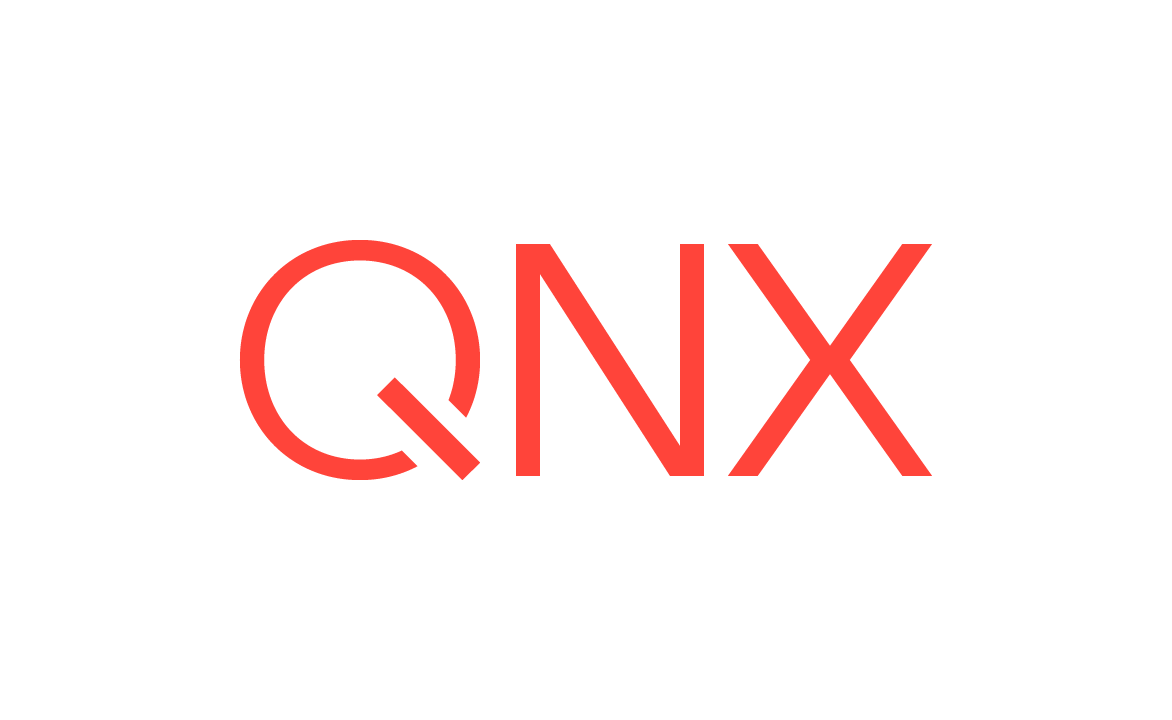Deployed installation overview
To create and use a deployed installation of QNX SDP, follow these steps:
- Check whether you have an applicable license
- Install the QNX Software Center
- Create the QNX SDP installation
- Add a QNX Momentics IDE installation
- Deploy the QNX SDP installation
- Access the deployed installation
1. Check whether you have an applicable license
- Continuous Integration Build Server
- Standard Build Server
- Floating Build Server, where you can optionally deploy QNX Momentics IDE installations
For details on these licenses, including any restrictions that may apply, download the QNX Development License Agreement from the QNX licensing information page: https://www.qnx.com/download/group.html?programid=29179
What to do if your license isn't on the list
If you don't have one of the above licenses, you can still create a deployed installation. In the case of non-shareable licenses, the license is meant for an individual developer's use only. It cannot be automated or used in a shared manner. Each user of the deployed installation will need an appropriate license and must activate that license through the QNX Software Center. See Using the GUI to deploy an installation for instructions on how to create a deployed installation without a shareable license.
2. Install the QNX Software Center
We recommend that you install or upgrade to the latest release of the QNX Software Center.
To download the installer and installation note for the latest release, visit the QNX Software Center page: https://www.qnx.com/download/group.html?programid=29178
3. Create a QNX SDP installation
Before you deploy a QNX SDP installation, you must first create the installation and make sure that it contains all of the products and patches you require.
-
Create the installation
by hand,
using the techniques described in the QNX Software Center User's Guide. You can download the guide from the QNX Product Documentation page: https://www.qnx.com/developers/docs/index.html -
Create an unattended installation, using the instructions provided in the
Performing Unattended Installation of QNX SDP
chapter of this guide. An unattended installation can, if you so configure it, automatically apply the latest patches and package updates from QNX.
If you plan on deploying an installation to a developer that does not own a myQNX account, be sure to add the qlicense utility to the installation. It allows developers to activate their licenses without a myQNX account.
Configuring the installation for a mix of development hosts
You may need to create an installation for a development team that uses a mix of host operating systems (for instance, some developers use Linux while others use Windows or macOS). If so, add any required host-specific packages to your installation.
For example, the Host Tools package comes in three flavors: Linux, macOS, and Windows. If developers are using all three of these operating systems, you would add all three flavors of the Host Tools package to your installation.
Configuring an installation to use a floating license
If your installation will be deployed on development hosts that need to use a floating license, configure the installation according to the instructions provided in the Floating License Management Guide: https://www.qnx.com/download/group.html?programid=30391
Recreating a lost installation
When you create an installation for deployment, consider including a patch set that defines all of the packages used in the installation. If the original installation subsequently gets lost or corrupted, you can import the patch set from any deployed copy to recreate the original. See the QNX Software Center User's Guide for details on how to export and import patch sets.
4. Add a QNX Momentics IDE installation
Some license types let you add a QNX Momentics IDE installation to your deployed
QNX SDP installation. See 1. Check whether you have an applicable license
for details.
If you wish to add an IDE installation, you must first create the installation, using the QNX Software Center. See the QNX Software Center User's Guide for details on creating an IDE installation.
If you wish to include optional plugins in the IDE installation and make them available to all users of the installation, add the plugins before you deploy the installation.
5. Deploy the QNX SDP installation
To deploy the QNX SDP installation, you use the Deploy Installation feature of the
QNX Software Center, from either the GUI or the command line.
See Using the GUI to deploy an installation
and
Using the command line to deploy an installation
for details.
Your deployed installation needs to be targeted towards either the build server(s) or developers. If you need to deploy installations to both, create two different deployable installations using the correct license for the target.
6. Access the deployed installation
To access a deployed installation, a developer simply needs to run the qnxsdp-env
shell script that is included in every QNX SDP installation. See
Accessing a deployed installation
for details.
